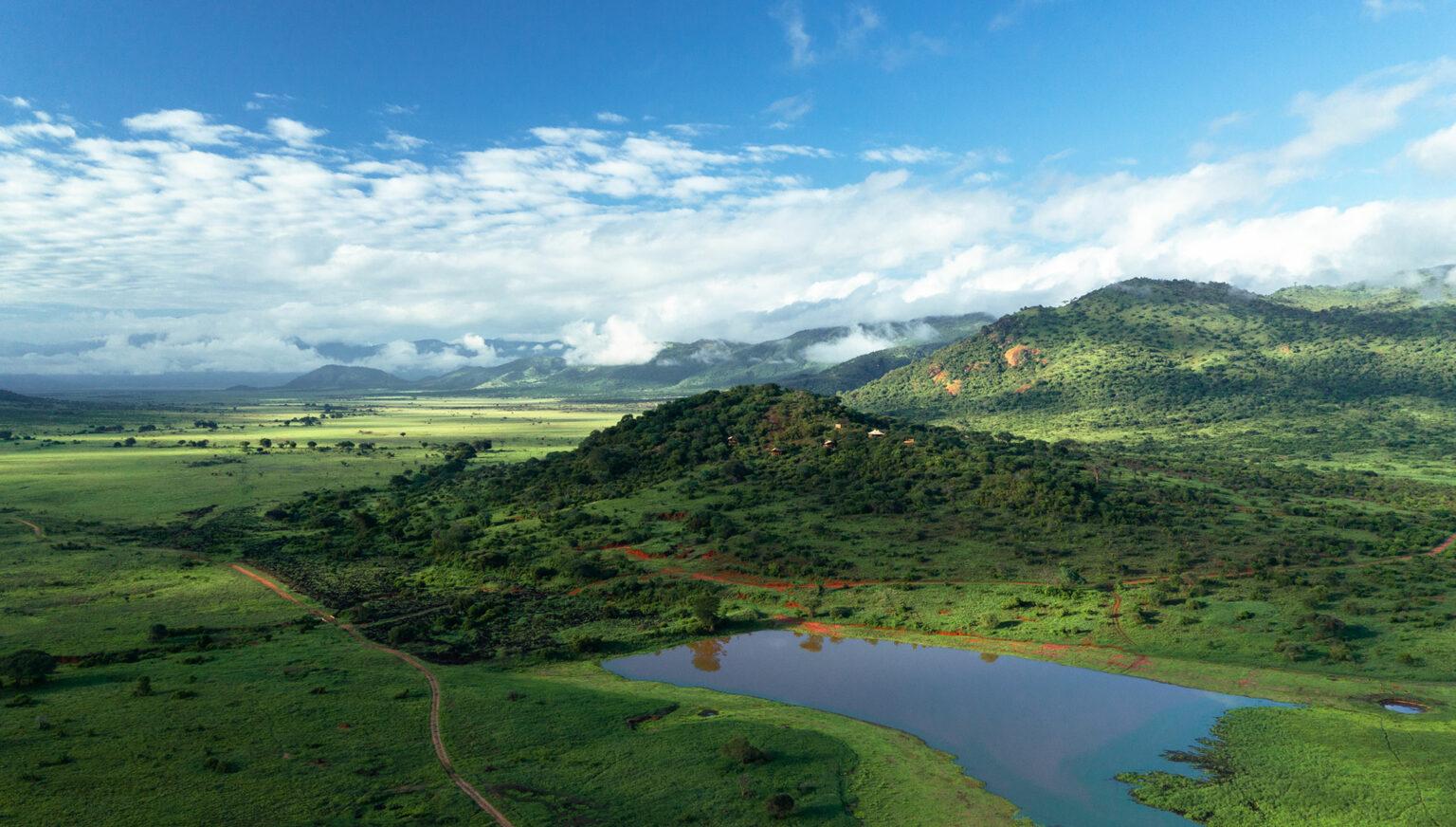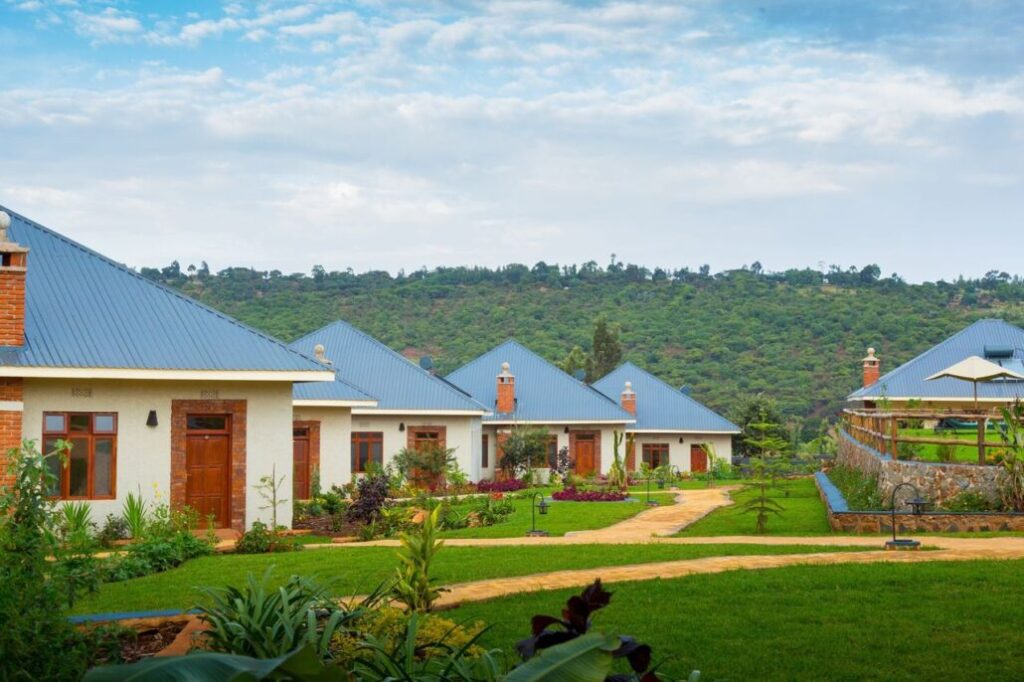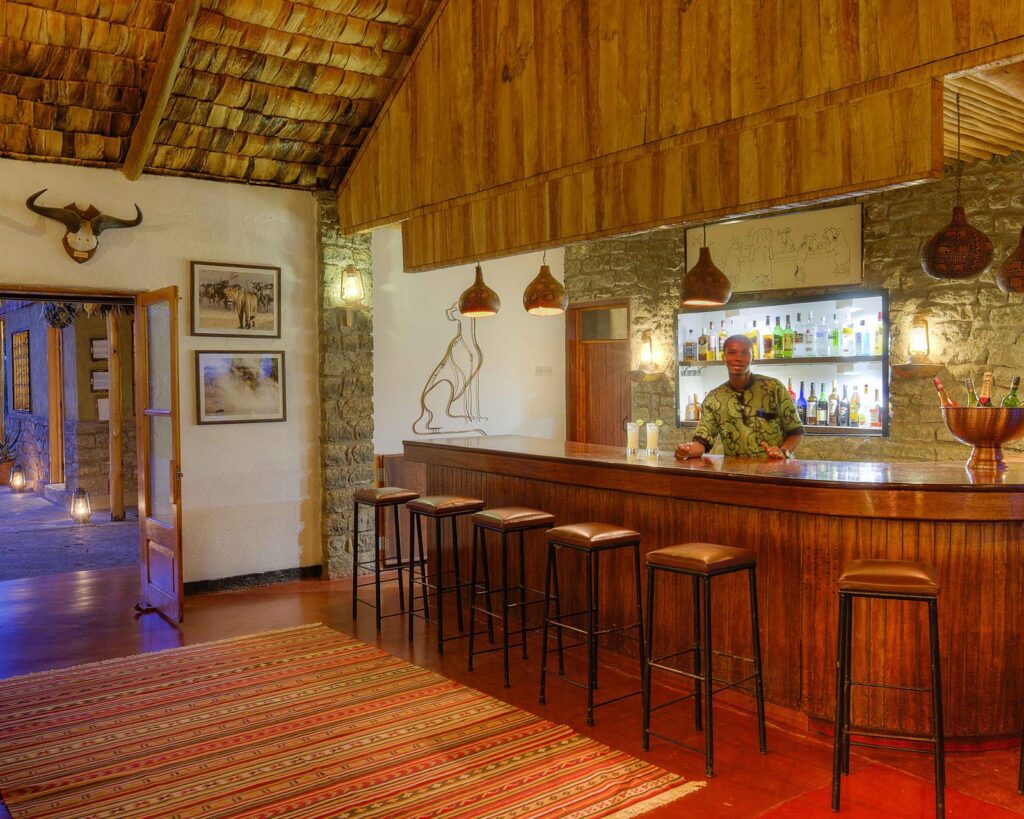- 8
- 15
- 2
- 3
- About us
- Experiences
- Safari Packages
- Destinations
- Arusha City
- Serengeti National Park
- Ngorongoro Crater
- Tarangire National Park
- Lake Manyara National Park
- Arusha National Park
- Gombe National Park
- Mkomazi National Park
- Nyerere National Park
- Ruaha National Park
- Mount Kilimanjaro
- Mount Meru
- Mahale Mountains National Park
- Usambara Mountains
- Lake Natron
- Lake Eyasi
- Zanzibar, Pemba and Mafia Island
- Accomodations
- Gallery
- Contact Us


















